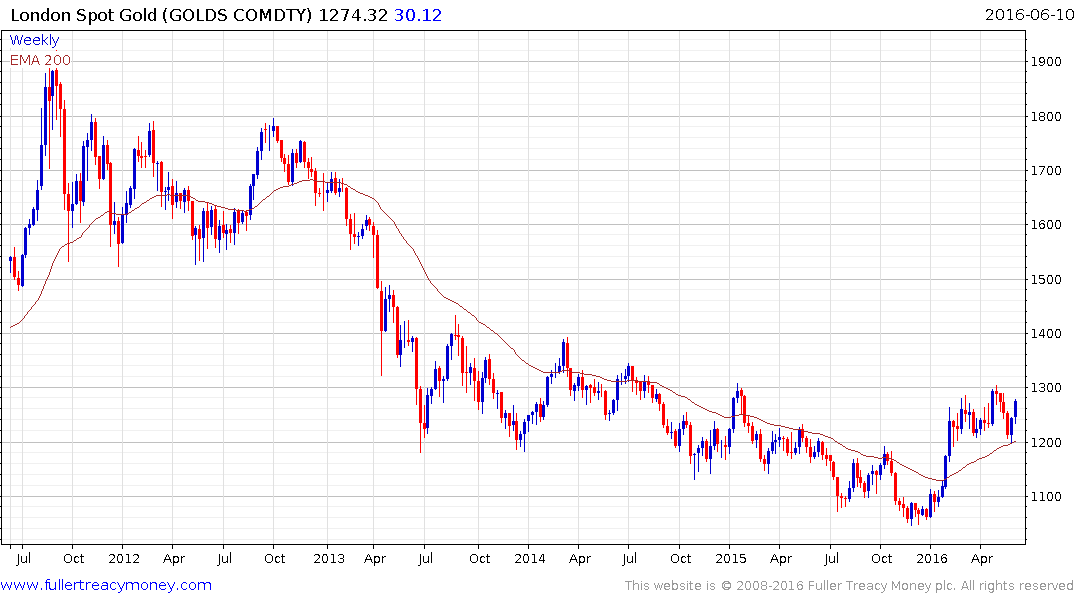A Guide to Helicopter Money
Thanks to a subscriber for this report from National Australia Bank. Here is a section:
Unlike ‘QE’, Helicopter Money has an explicit fiscal element. Moreover, in a Helicopter Money operation the central bank commits to making any asset purchases permanent and to not paying interest on the resulting bank reserves. It differs from a normal fiscal stimulus as it is not financed by interest paying debt (a bond issued to the public) but by money creation by the central bank.
Introducing Helicopter Money will potentially affect existing monetary policy goals and tools. For example, it might require a change to the inflation target and changes to the system of interest on reserves. It could also complicate how monetary policy will operate in circumstances when the central bank seeks to tighten monetary policy.The key channels through which it is expected to work are increased demand for goods & services (either by government or households) and by raising inflation expectations, thereby lowering real interest rates. Proponents also argue it gets around possible problems with normal fiscal stimulus – crowding out (though higher interest rates) and households increasing savings as they perceive a future higher tax burden.
In theory Helicopter Money should result in some combination of inflation and real economic growth. Exactly what the mix will be is harder to determine, and it is even possible for inflation to be rising while real activity goes the other way. How individuals and business react to Helicopter Money, and how it changes their expectations of the future, will be an important determinant of its effectiveness.
While a central bank money financing government spending is not new, there are good reasons why it is considered a ‘taboo’. There are many cases where too much money printing has led to hyperinflation, with disastrous consequences.
What this points to is the need for credible institutions and the need for any Helicopter Money program to be consistent with the inflation goals of the central bank. An open question is whether credible arrangements could be put in place given political realities.
Legal and political obstacles to Helicopter Money vary by country. Of the major advanced economy central banks, the European Central Bank is the one facing the greatest possible constraints, given legal prohibition of (direct) money financing of governments by the ECB, the lack of a central fiscal agency and the difficulty of getting agreement amongst member states.
Here is a link to the full report.
With an increasing quantity of the global bond market now yielding less than zero, the ECB accepting just about anything counterparties wish to lodge as collateral and negative deposit rates at a handful of central banks, speculation is understandably turning to what central banks might next try to achieve their inflation goals. Negative rates represent something of a Rubicon for bond investors so helicopter money, which was once inconceivable, is now openly being discussed as a possibility.
Australian (2.1%), UK (1.23%) and USA (1.635%) yields are among the only major bond issuers that still in positive territory. Interest rate differentials are so narrow right now that currency volatility can eat up any return Eurozone or Japanese investors might hope to capture. However the threat of a political upset from the UK, the distorting influence of negative rates and the fact stock markets are under pressure has boosted demand for bonds.
If helicopter money is indeed pursued the price of assets which cannot simply be printed into existence such as equities, property and precious metals can be expected to rise. The clearest bullish case at present is in precious metals not least because they trended lower for over four years where prices for other assets are already close to historic levels.

Gold has bounced impressively from the $1200 area which was also the region of the 200-day MA and the lower side of the four-month range. A short-term overbought condition is now evident so there is potential for some consolidation of the gain, but a sustained move below the MA would be required to question medium-term recovery potential.


